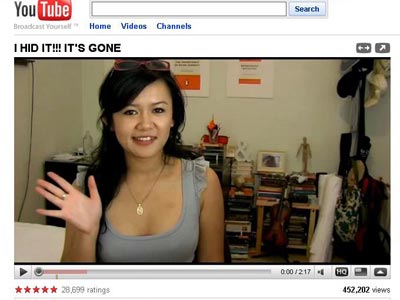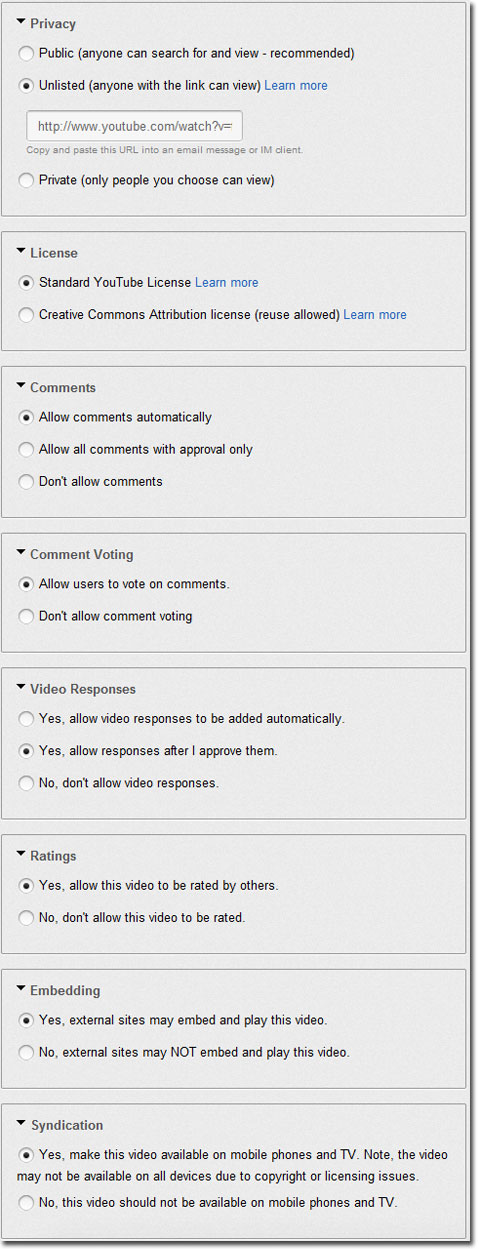To display an object is to let others view it. The right to display is not the right to view, as viewing a video online does not let you display it on your web site. When a person walks in public they implicitly display themselves to others, i.e. let others view them. So one can view and take a photo of them without consent, but can’t say display that photo on a magazine cover without consent. Copyright is the recognition of Locke’s principle of creator ownership applied to display.
Display is the meta-right to view. Display is the right to give the right to view to others, and privacy is the right to display one’s personal data. For example, a phone book lets people display their phone number or have a private number that is not shown. Equally the phone company can choose not to display a listing. Social media like Facebook and LinkedIn also let people choose who they display their data to and can also choose not to display a listing. In general, to display an entity in a space is to give its display rights to the space owner, giving the access control rule:
Rule 12. Displaying an entity in a space requires the consent of both its owner and the space owner.
For example, to put a physical notice on a shopkeeper’s notice board involves:
- Create. Create a notice. You own it and can still change it or even rip it up.
- Submit. Give to the board owner, to display on the notice board.
- Display. The board owner may check notice or let you post it yourself.
- Stop display. As the notice is displayed by mutual consent, either can remove it. The shopkeeper’s right to take a notice down is not the right to destroy it because he or she does not own it, nor can they alter (deface) the notice.

The same social logic applies online. Creating a YouTube video lets its author own it before it is displayed to the public. This is like creating a notice before giving it to the shopkeeper. The video author then submits the video to YouTube, to display it on their “notice board”. In access control terms, authors delegate display rights to YouTube who choose to display it in their space. After a while, the video is converted to their format and displayed. At any time, YouTube or the author can stop the display of the video. That to display a video, photo or text in any online space allocates the view meta-right to the space owner, gives the access control principle:
Rule 14. Displaying an entity in a space allocates the view meta-right to the space owner.
|
Display result |
Space owner |
||
|
Accept |
Reject |
||
|
Entityowner |
Submit |
YES |
NO |
|
Withdraw |
NO |
NO |
|
Table 6.4: Display outcomes
Table 6.4 shows the possible outcomes of an attempt to display an entity in a space.
Allocating display rights is the basis of all publishing. Offline publishing generally involves:
1. Review/Edit. For example, journals may take years to review and even then reject.
2. Allocate. The document author allocates display rights to the publisher.
3. Publish. Publisher displays the document to their audience.
Online publishing simplifies speeds up the process, e.g. ArXiv lets authors submit and display immediately and lets them withdraw submissions later, which journals do not allow. There are many rights variants, e.g. bulletin boards let people submit and display but not withdraw and reserve the right to moderate postings, i.e. reject later.
Offline publishing often takes full ownership. By the logic above, publishing only requires delegating display rights but many offline publishers demand more, e.g. IGI takes not just the right to publish a work once but also to re-publish it in whole or part, anywhere they choose, including online, in perpetuity, e.g. my paper Politeness as a Social Computing Requirement published in IGI’s Handbook of Conversation Design for Instructional Applications was later republished in their Selected Readings on the Human Side of Information Technology and in Human Computer Interaction: Concepts, Methodologies, Tools, and Applications without the author being even being advised. Here is one sentence from a typical publisher:
Author hereby grants and assigns to Springer Science+Business Media, LLC, New York (hereinafter called Springer) the exclusive, sole, permanent, world-wide, transferable, sub-licensable and unlimited right to reproduce, publish, distribute, transmit, make available or otherwise communicate to the public, translate, publicly perform, archive, store, lease or lend and sell the Contribution or parts thereof individually or together with other works in any language, in all revisions and versions (including soft cover, book club and collected editions, anthologies, advance printing, reprints or print to order, microfilm editions, audiograms and videograms), in all forms and media of expression including in electronic form (including offline and online use, push or pull technologies, use in databases and networks for display, print and storing on any and all stationary or portable end-user devices, e.g. text readers, audio, video or interactive devices, and for use in multimedia or interactive versions as well as for the display or transmission of the Contribution or parts thereof in data networks or search engines), in whole, in part or in abridged form, in each case as now known or developed in the future, including the right to grant further time-limited or permanent rights.
In sum, offline publishing takes all possible rights and gives the author next to none for their own work. Academic publishing contracts read like what you might sign on entering prison, and often locks up work up so that others can’t read it unless they pay. Hence Internet publishing is growing faster than physical publishing.
Online publishing gives more synergy. For example, adding a YouTube video involves:
- Registration. Create a YouTube persona.
- Entry. Enter YouTube (not banned).
- Creation. Create and upload a video.
- Edit. Edit video title, notes and properties.
- Submit. Request YouTube to display the video to their public.
- Display. The public sees it and can vote or comment.

YouTube lets anyone register (1), enter (2) and create a video (3) which the author can edit (4) before it is displayed. At this point the video is visible to them and administrators but not to the public and they can still delete it. It is then submitted (5) to YouTube for display to its public (6). To create, edit and display a video are distinct steps, and YouTube can still reject videos that fail its copyright or decency rules. This is not a delete, as the owner can still view, edit and resubmit it. A technology design that required contributors to hand over all rights to their videos to YouTube, as book publishers do, would discourage participation.
Consistency. A critical feature of legitimate rules is that they work consistently. For example, if a video allows comments or votes then it becomes a space itself to receive those comments or votes. Hence video owners must consent to allow comments or votes, just as YouTube had to consent to accept their video (Figure 6.3). That YouTube gives the same rights to others as it takes for itself is a key part of its success as a social not just a technical system.